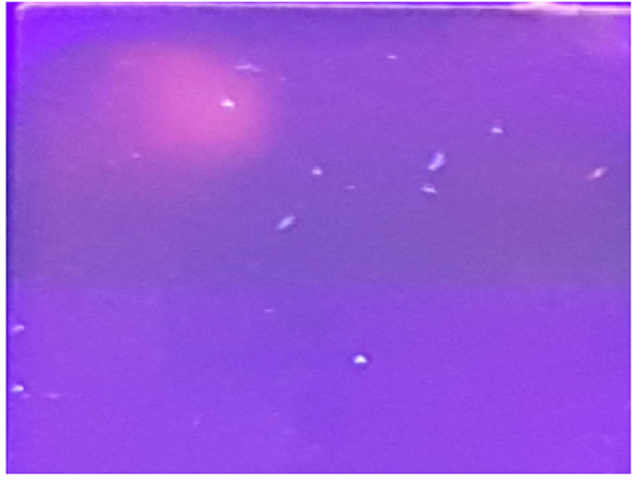Association Between Occupational Pesticide Exposure and Parkinson’s Disease Risk: An Observational Study In The South Indian Population
DOI:
https://doi.org/10.5530/ctbp.2024.4s.3Keywords:
Parkinson’s disease, transcription factors, dopamine neurons, DNA damage, pesticideAbstract
The pathways and molecular mechanisms underlying the impact of prolonged pesticide exposure on Parkinson’s disease (PD) pathophysiology remain elusive. Given the association of altered expression levels of transcription factors (TFs) such as NURR1 and FOXA1 with PD, any dysregulation in these TFs could disrupt neuronal maintenance mechanisms, potentially increasing susceptibility to PD. We hypothesize that environmental insults such as long pesticide exposure could interact with the genes encoding for the TFs NURR1 and FOXA1 thereby, perturbing the regulatory mechanisms and maintenance of the midbrain dopaminergic neurons. In our study, we used NURR1 and FOXA1 as our biomarkers for PD. The transcriptomes from the peripheral blood lymphocytes collected from the blood samples of rural agricultural workers who were subjected to long-term pesticide exposure amongst the Indian subpopulation were profiled to observe any aberration in the expression levels of NURR1 and FOXA1. We demonstrated a significant downregulation of Nurr1 & Foxa1 mRNA expression in the pesticide exposure group compared with the healthy controls. This data supports that pesticide exposures may be in the initial stage of dopamine neuron degeneration as it is difficult to measure the motor symptoms of PD using the UPDRS scale in the preliminary stages. However, the current study did not identify the risk factor between male and female groups. In conclusion, our findings provide compelling evidence implicating pesticides in PD risk. This is the first human population study indicating that pesticide exposure may elevate PD risk, utilizing transcription factors as markers. Our population-based retrospective cohort study indicates higher long-term PD risks associated with pesticide exposure, potentially constituting an independent PD risk factor.



